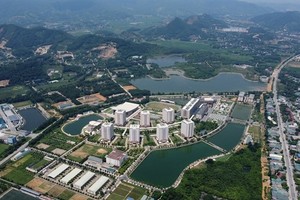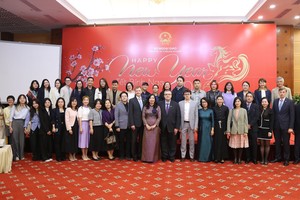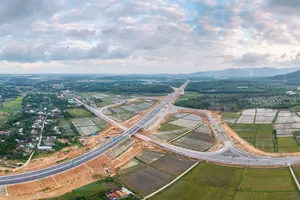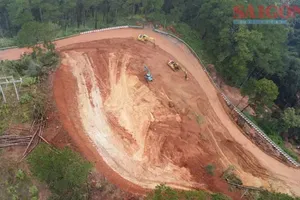The Government and the Ministry of Agriculture and Rural Development have met with experts to discuss the possibility of farmers in the Mekong Delta switching from low-yield rice to higher-value cash crops to increase income.
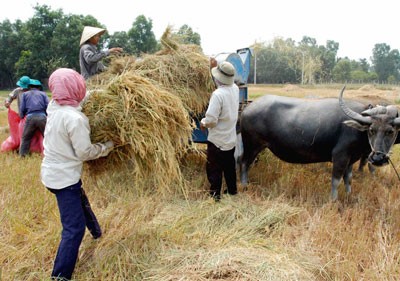
Every year, the country has to import large quantities of corn and soybeans for producing animal feed.
In recent years, the country imported 1.5-1.7 million tons of corn and 3 million tons of soybeans and other materials worth US$3.4 billion, equal to revenue of rice export, while it is very much possible to grow corn and soybean in the region.
Pham Van Du, Deputy Head of the Department of Plant Cultivation, said after the world food crisis in 2008, many nations paid more heed to food security.
Southeast Asian countries expanded areas for growing rice to meet domestic demand.
Farmers in the Mekong Delta can grow corn in the area for rice when two main crops, namely, spring-summer and summer-fall, end.
Markets for corn are abundant especially for animal feed manufacturing, said Du. However, switching to grow corn and soybean should have cooperation of farmers, scientists, purchasers and producers.
At the meeting, scientists and enterprises all thought there should be a close coordination between farmers and purchasers to ensure selling corns and soybeans after farmers switch to growing the two agricultural produce.
Moreover, the government ought to ensure purchase of soybean at least VND17,000 as firms import at VND13,000. This was the reason why areas for growing soybean in the country dropped drastically in last few years. For instance, the areas for growing soybean in the southern province of Dong Nai shrank from 30,000 hectares in 2005 to 500 hectares at present.
Tran Lam Sinh, Deputy Head of the Department of Plant Protection in Dong Nai Province, said corn has higher productivity but the price is always higher than imports, from VND4,000-5,000 per kilogram.
Mai Thanh Phung, Deputy Director of the National Agriculture Extension Center, said the switch to cash crops was done ten years ago in alum areas in Dong Thap Province, which was not suitable for growing rice. Farmers switched to growing melons, corn, pumpkins and soybeans, resulting in higher income.
